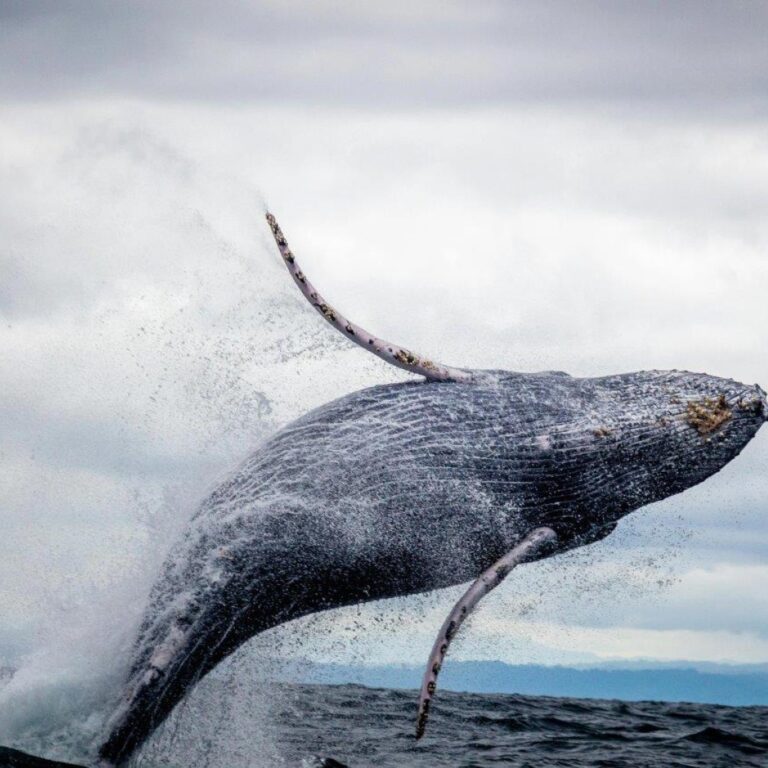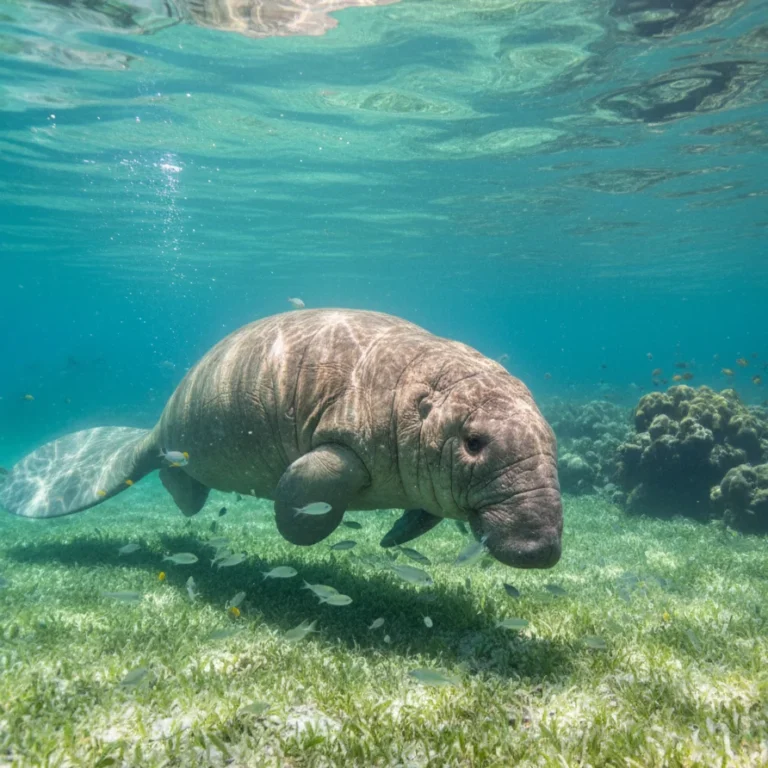Whales are the largest animals on Earth, with the blue whale holding the record as the largest animal to have ever lived, reaching lengths of up to 100 feet and weighing as much as 200 tons.
They are divided into two main groups: baleen whales (Mysticeti), which filter feed using baleen plates, and toothed whales (Odontoceti), which have teeth and include species like orcas and sperm whales.
The heart of a blue whale is about the size of a small car and can weigh up to 1,000 pounds, pumping vast amounts of blood through its enormous body.
They communicate using a variety of sounds, including clicks, whistles, and songs. The humpback whale is known for its complex and hauntingly beautiful songs, which can last for hours.
They are known for their long migrations, with some species traveling thousands of miles between feeding and breeding grounds each year. The gray whale holds the record for the longest migration, covering up to 14,000 miles annually.
The sperm whale has the largest brain of any animal on Earth, weighing around 17 pounds. This contributes to their high level of intelligence and complex social behavior.
They play a critical role in maintaining the health of marine ecosystems by contributing to the nutrient cycle. Their feces provide essential nutrients that support the growth of phytoplankton, which in turn supports the entire marine food web.
The orca, or killer whale, is the largest member of the dolphin family and is known for its sophisticated hunting techniques and strong social bonds within pods.
Some species, like the beluga whale, have the ability to mimic human speech and other sounds, showing a remarkable level of vocal learning and communication ability.
They have thick layers of blubber that provide insulation against the cold waters of the ocean and serve as an energy reserve during long migrations or periods of fasting.
The narwhal, often called the 'unicorn of the sea,' is a type of toothed whale known for its long, spiral tusk, which is actually an elongated tooth that can grow up to 10 feet long.
Females typically give birth to a single calf after a gestation period that can last up to 18 months, depending on the species. Whale calves are often born tail-first and are immediately able to swim to the surface for their first breath.
They are known for their breaching behavior, where they leap out of the water and splash down with a loud noise. This behavior is thought to serve various purposes, including communication, play, and removing parasites.
Despite their size, whales are vulnerable to threats such as ship strikes, entanglement in fishing gear, and habitat degradation. Conservation efforts are essential to protect these magnificent creatures.
They have been revered by various cultures throughout history, often symbolizing strength, wisdom, and the mysteries of the deep ocean. They continue to inspire awe and respect around the world.
How useful was this post?
Click on a star to rate it!



